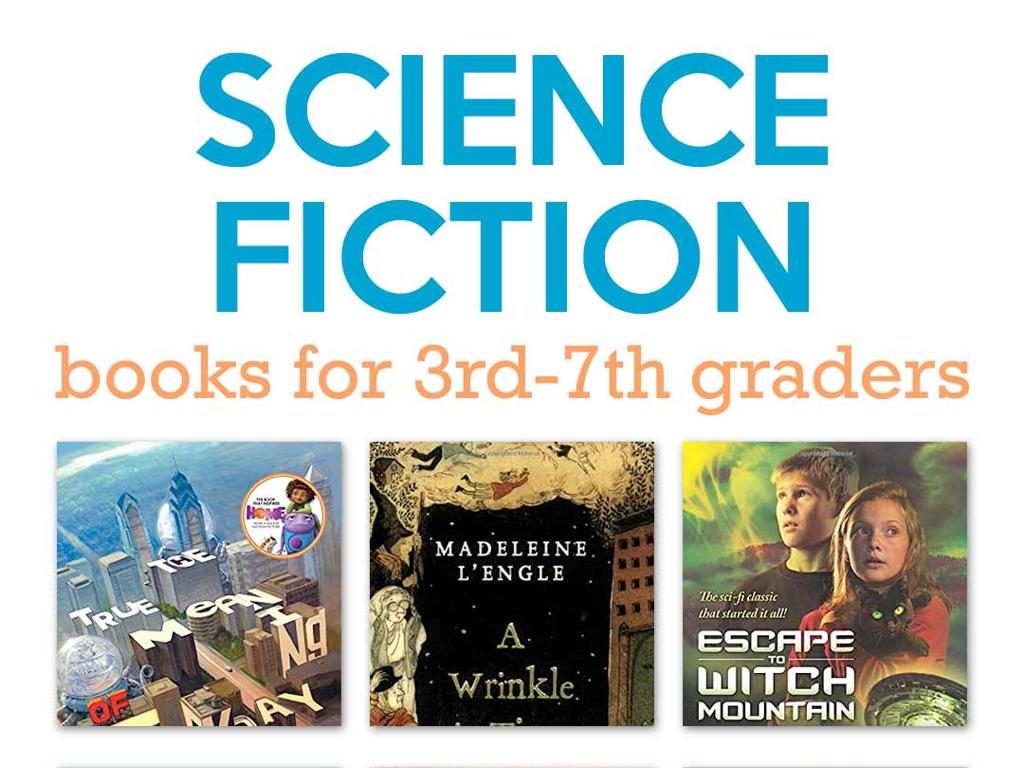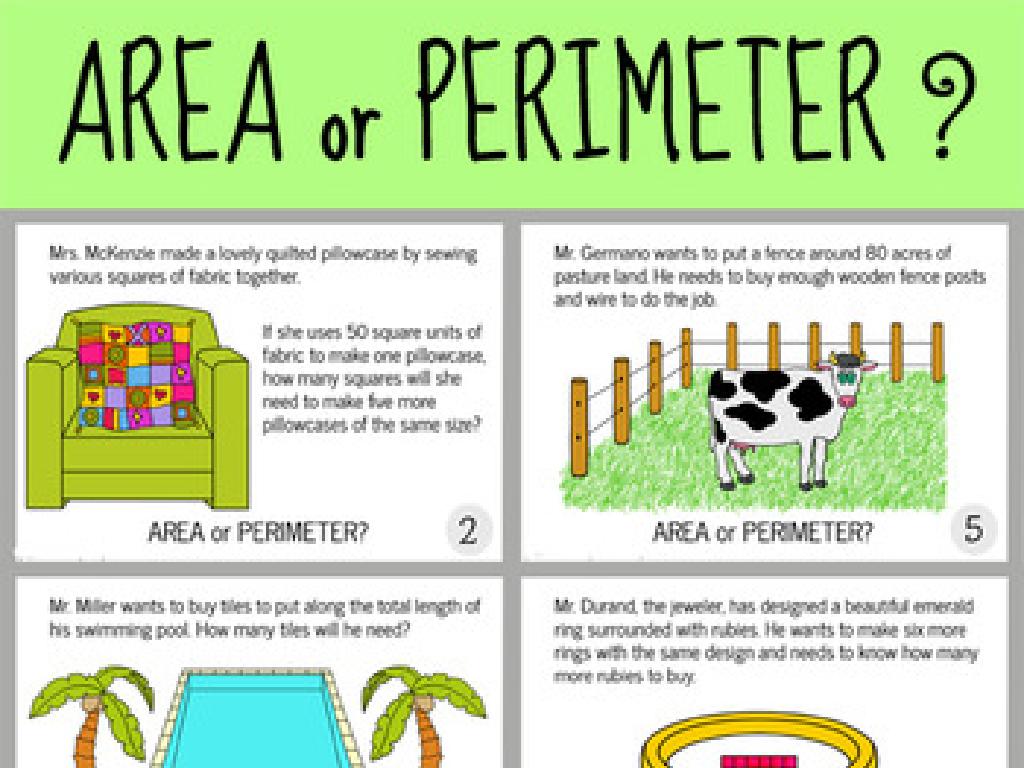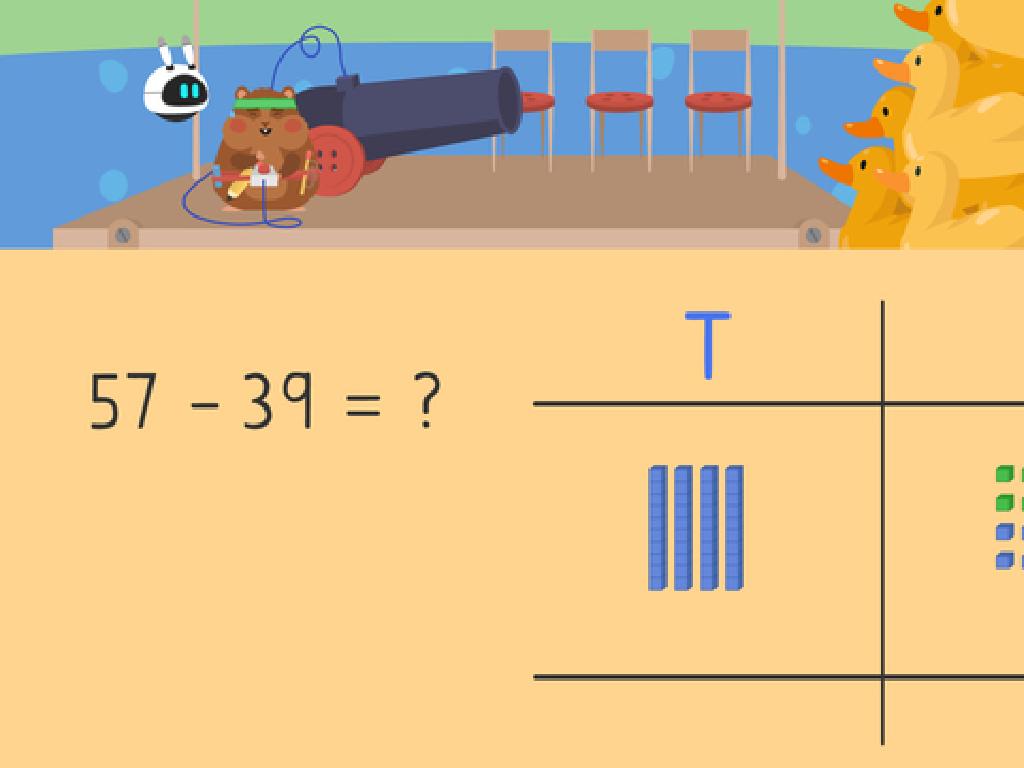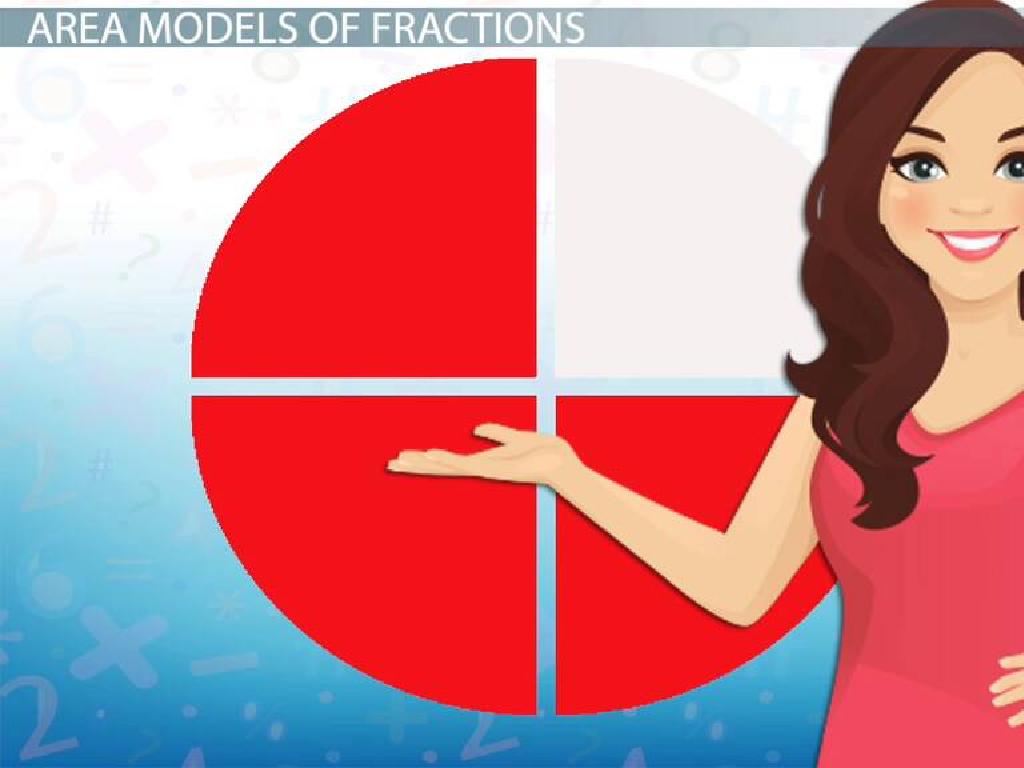Determine The Meaning Of Domain-Specific Words With Pictures
Subject: Language arts
Grade: Eighth grade
Topic: Domain-Specific Vocabulary
Please LOG IN to download the presentation. Access is available to registered users only.
View More Content
Understanding Domain-Specific Vocabulary
– Specialized language in different fields
– Definition of domain-specific vocabulary
– Terms that are specific to a particular field of study or interest
– Significance of learning domain-specific words
– Helps in understanding subject matter and engaging in professional discussions
– Enhancing comprehension and communication
– Using the right terms improves clarity and precision in academic and career contexts
|
This slide introduces the concept of domain-specific vocabulary, which refers to words and phrases that are particularly used within a specific field or industry. It’s crucial for students to grasp these terms to fully understand the content and context of the subject matter they are studying. Moreover, knowing these words is essential for participating in more advanced and professional discussions related to the field. Encourage students to think about how using precise language can affect their ability to communicate effectively and be understood by others, especially in specialized areas. Provide examples from various domains such as medicine, law, technology, and science to illustrate the importance of domain-specific vocabulary.
Understanding Domain-Specific Vocabulary
– Defining ‘domain-specific’ words
– Words specific to a particular field of study
– Examples across subjects
– Math: ‘Quadratic’, Science: ‘Mitosis’, History: ‘Feudalism’
– General vs. domain-specific vocabulary
– General vocabulary is used daily; domain-specific is subject-related
– Significance in understanding content
|
This slide aims to clarify the concept of domain-specific vocabulary, which is essential for students to grasp content in various academic subjects. Start by defining what makes a word ‘domain-specific’, typically terminology that is used within a particular field or subject area. Provide clear examples from different subjects to illustrate the point. Discuss how these words differ from the general vocabulary that students are more familiar with, emphasizing that understanding these terms is crucial for academic success. Encourage students to think of additional examples and consider how pictures can help in remembering and explaining these terms.
Context Clues & Domain-Specific Vocabulary
– Use context for new word meanings
– Context clues are hints to decipher unfamiliar terms within texts.
– Practice with context in sentences
– Find sentences with new words and detect hints that define them.
– Context clues & domain-specific words
– Learn how specific language fields use context for word meaning.
|
This slide aims to teach students how to use context clues to determine the meaning of new, domain-specific words. Start by explaining that context clues are hints or signals within a text that can help us infer the meaning of words we don’t know. During practice, students should identify these clues in example sentences and use them to define new vocabulary. Emphasize that in different domains, such as science or history, words may have specific meanings, and understanding context is crucial. Encourage students to think critically about how the surrounding text gives insight into word meanings. Provide examples from various domains to illustrate the point.
Understanding Science Vocabulary with Pictures
– Explore science-specific terms
– Words like ‘Ecosystem’, ‘Molecule’, and ‘Organism’ are unique to Science.
– Examples: ‘Photosynthesis’, ‘Atom’
– ‘Photosynthesis’: a process plants use to turn sunlight into food; ‘Atom’: the basic unit of a chemical element.
– Use images to aid memory
– Pair words with relevant pictures to strengthen understanding.
– Visual learning enhances recall
– Pictures help us link words to their meanings, making them easier to remember.
|
This slide aims to help students grasp the meaning of domain-specific words in Science by associating them with images. For example, when learning the word ‘Photosynthesis’, show a picture of a green plant with arrows indicating the process of converting sunlight into energy. For ‘Atom’, an illustration of an atom structure can be used. Encourage students to create a visual dictionary as a class activity, where they draw or find images that represent different scientific terms. This visual association can significantly improve their ability to remember and understand complex vocabulary.
Math Vocabulary in Focus
– Explore Math-specific words
– Examples: ‘Hypotenuse’, ‘Quadratic’
– Hypotenuse: the longest side of a right triangle. Quadratic: a type of polynomial.
– Use visual aids for understanding
– Diagrams and illustrations can clarify concepts.
– Techniques to memorize terms
– Create flashcards or draw diagrams to help remember the terms.
|
This slide aims to help students understand and retain domain-specific vocabulary in Math. Start by explaining that certain words are used primarily within the context of mathematics. Provide clear definitions of examples like ‘hypotenuse’ and ‘quadratic’, and show how visual aids such as diagrams can make these concepts more accessible. Discuss and demonstrate effective memorization techniques like using flashcards or drawing the terms in context. Encourage students to create their own visual aids as a study tool to enhance their learning experience.
Understanding Social Studies Vocabulary
– Explore Social Studies terms
– Focus on words unique to Social Studies
– ‘Constitution’ and ‘Economy’ examples
– Constitution: a system of principles; Economy: system of money and trade
– Use pictures to connect terms
– Visual aids link words to their meanings
– Symbols enhance term recall
– Symbols like scales for justice help remember terms
|
This slide aims to help students grasp domain-specific vocabulary in Social Studies by using visual aids. Introduce the concept of domain-specific words and provide examples such as ‘Constitution’ and ‘Economy.’ Explain how pictures can serve as powerful tools for understanding and remembering these terms. For instance, an image of a gavel can represent ‘Constitution,’ symbolizing law and governance, while coins and bills might illustrate ‘Economy.’ Encourage students to think of other symbols or pictures associated with different Social Studies terms. This visual approach can make learning more interactive and memorable. In the next class, students can share the symbols they associate with various terms to reinforce their learning.
Literature Domain Words: Understanding Through Pictures
– Explore Literature-specific terms
– Examples: ‘Metaphor’, ‘Protagonist’
– ‘Metaphor’: a figure of speech comparing two things, ‘Protagonist’: the main character in a story
– Visualize terms with illustrations
– Drawings or images showing examples of literary terms
– Analyze pictures to define words
– Discuss how illustrations help understand the terms
|
This slide aims to help students grasp domain-specific vocabulary in literature by using visual aids. Introduce terms like ‘metaphor’ and ‘protagonist’, providing clear definitions and examples. Use illustrations to show these terms in context, such as a picture representing a metaphorical comparison or a protagonist in a story setting. Encourage students to analyze how the images convey the meaning of the words. This visual approach can aid in memorization and deeper comprehension of literary terms. In the next class, students can be asked to bring their own pictures or drawings that represent different literary terms to reinforce their learning.
Practice with Pictures: Domain-Specific Vocabulary
– Match words with pictures
– Collaborative group activity
Work in small groups to associate words with the right images.
– Class discussion on word meanings
Each group explains their matches to the class.
– Enhance vocabulary comprehension
|
This slide introduces a class activity focused on domain-specific vocabulary through visual aids. Students will engage in a matching exercise where they pair domain-specific words with corresponding pictures. This activity is designed to be collaborative, with students working in small groups to encourage discussion and peer learning. After the matching, groups will discuss the meaning of each word with the entire class, allowing for a broader understanding and reinforcement of the vocabulary. The teacher should prepare a diverse set of domain-specific words and images relevant to the current unit of study. Possible variations of the activity could include having different sets of words and pictures for each group, using a timed challenge, or creating a gallery walk with students’ work.
Class Activity: Crafting a Personal Dictionary
– Create a mini dictionary
– Define domain-specific words
– Include clear, concise definitions for each term
– Add pictures and example sentences
– Visuals can enhance understanding; sentences show practical use
– Share your favorite word in class
– Discuss why you chose this word and its relevance
|
In this engaging class activity, students will compile a mini dictionary of domain-specific words to deepen their understanding of subject-specific vocabulary. They should include a definition, a relevant picture, and use the word in a sentence to contextualize it. This activity not only reinforces the meaning of new vocabulary but also allows for creativity and personal connection to the learning material. Encourage students to think about the significance of their chosen words and be prepared to explain their choices. Possible variations of the activity could include creating themed dictionaries for different subjects, working in pairs, or presenting their dictionaries in a creative format.






